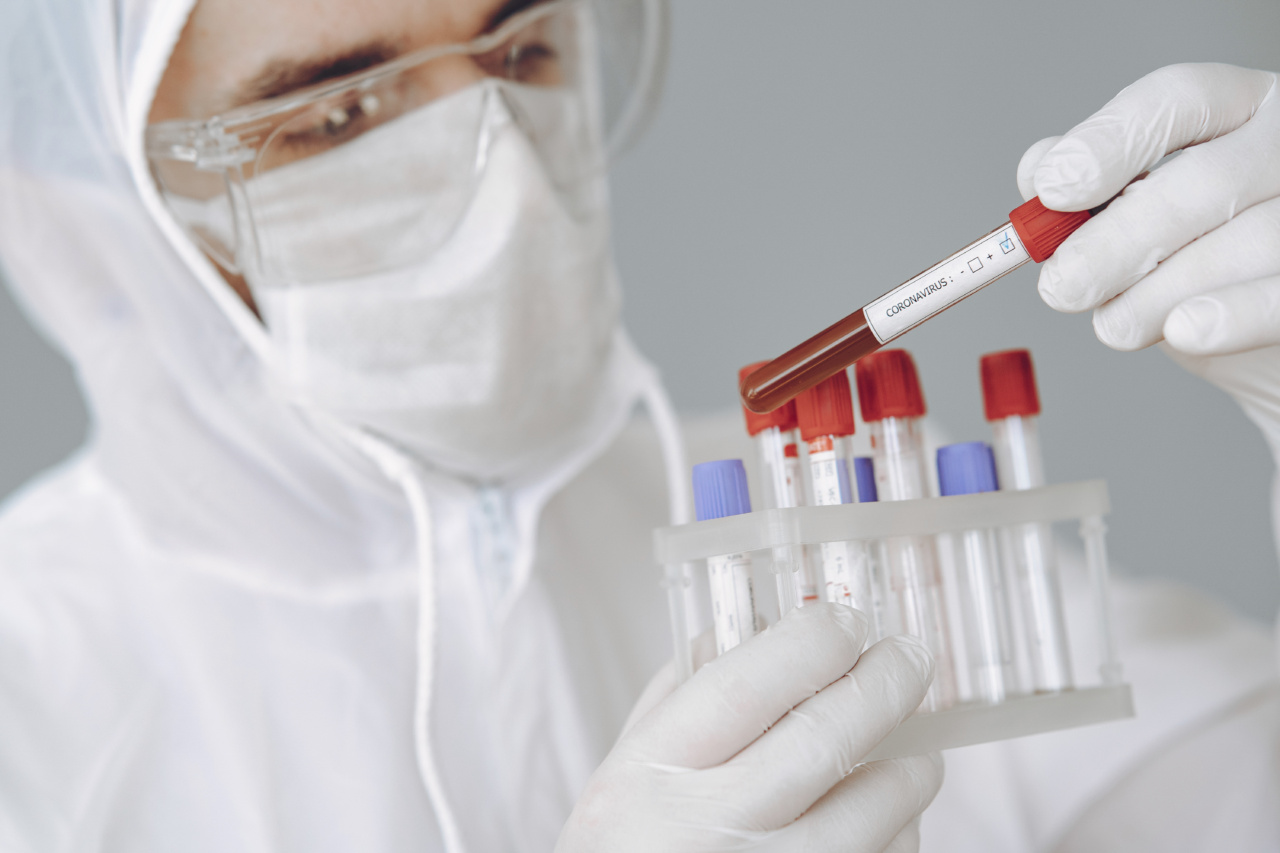Advancements in technology have revolutionized various fields, including healthcare and disease surveillance. One such innovation is the real-time detection of pathogen spread through the analysis of sewage.
This method offers a valuable tool for monitoring and controlling infectious diseases, providing early warnings and insights that can ultimately save lives. In this article, we will explore the principles behind this approach, its applications, and the potential impact it can have on public health.
An Innovative Approach to Disease Surveillance
The analysis of sewage has emerged as a powerful and non-invasive tool for monitoring the presence and spread of various pathogens within a community.
This technique involves collecting samples of wastewater, which can contain an array of biological materials, including bacteria, viruses, and other microorganisms.
By analyzing the genetic material present in sewage samples, scientists can identify and track the presence of specific pathogens.
This real-time monitoring provides crucial information about disease prevalence, transmission dynamics, and the effectiveness of public health interventions. Moreover, it allows for early identification of emerging outbreaks, including those that may be initially asymptomatic.
Applications in Infectious Disease Control
The real-time detection of pathogens in sewage has numerous applications in infectious disease control. One of the primary uses is the early detection of outbreaks.
Traditional surveillance systems often rely on reporting cases once individuals seek medical attention, leading to a delay in identifying outbreaks and implementing necessary control measures. In contrast, sewage analysis offers a proactive approach by detecting the presence of pathogens before a significant number of individuals become symptomatic.
This early-warning system enables public health authorities to initiate rapid response strategies such as targeted testing, contact tracing, and implementing appropriate quarantine measures.
By identifying potential hotspots early on, resources can be efficiently directed to curb the spread of the disease, ultimately minimizing the impact on communities.
Furthermore, sewage analysis can be employed to assess the effectiveness of interventions.
For instance, in monitoring the prevalence of a particular pathogen before and after a vaccination campaign, scientists can evaluate the impact of vaccination efforts in reducing the transmission rate and disease burden.
Advantages Over Traditional Surveillance Methods
The real-time analysis of sewage has several advantages over traditional disease surveillance methods.
Firstly, it provides a holistic view of an entire community’s health, as sewage samples can be collected from multiple sources, such as hospitals, residential areas, and schools. This comprehensive approach allows for monitoring disease spread at both local and regional levels, aiding in the identification of transmission patterns and potential sources.
Secondly, sewage analysis can detect asymptomatic cases that would typically go unnoticed by traditional surveillance systems. Asymptomatic carriers play a significant role in the transmission of various diseases, including COVID-19.
By identifying these carriers through sewage analysis, public health authorities can take proactive measures to prevent outbreaks and protect vulnerable populations.
Lastly, this method provides real-time data, allowing for timely decision-making. Traditional surveillance systems can have delays in reporting, data processing, and analysis, making it challenging to implement rapid response strategies.
Sewage analysis bridges this gap by providing a near-instantaneous snapshot of a community’s disease burden, facilitating prompt actions to prevent further spread.
Challenges and Future Implications
While the real-time analysis of sewage holds immense potential in disease surveillance, several challenges need to be addressed. Firstly, there is a need for standardized protocols for collection, storage, and analysis of sewage samples.
Harmonization of methodologies across different laboratories and regions will facilitate accurate and comparable data, enabling effective cross-border disease control efforts.
Another challenge lies in differentiating between the genetic material of live pathogens and fragments from inactive or dead microbes.
Improved techniques, such as whole-genome sequencing, can enhance the specificity of pathogen detection, ensuring reliable results in sewage analysis.
Looking to the future, the application of artificial intelligence and machine learning algorithms holds promise in enhancing the real-time detection and prediction capabilities of sewage analysis.
These algorithms can help detect subtle shifts in pathogen prevalence, identify novel genetic variants, and predict disease outbreaks before they occur.
Conclusion
The real-time detection of pathogen spread through sewage analysis is a groundbreaking approach in disease surveillance.
By providing early warnings, monitoring transmission dynamics, and evaluating interventions, this method has the potential to revolutionize public health efforts. It enables proactive and targeted response strategies, ultimately saving lives and reducing the impact of infectious diseases on communities.
As scientific advancements continue, sewage analysis will undoubtedly remain at the forefront of disease surveillance, ensuring a healthier and safer future for all.





























